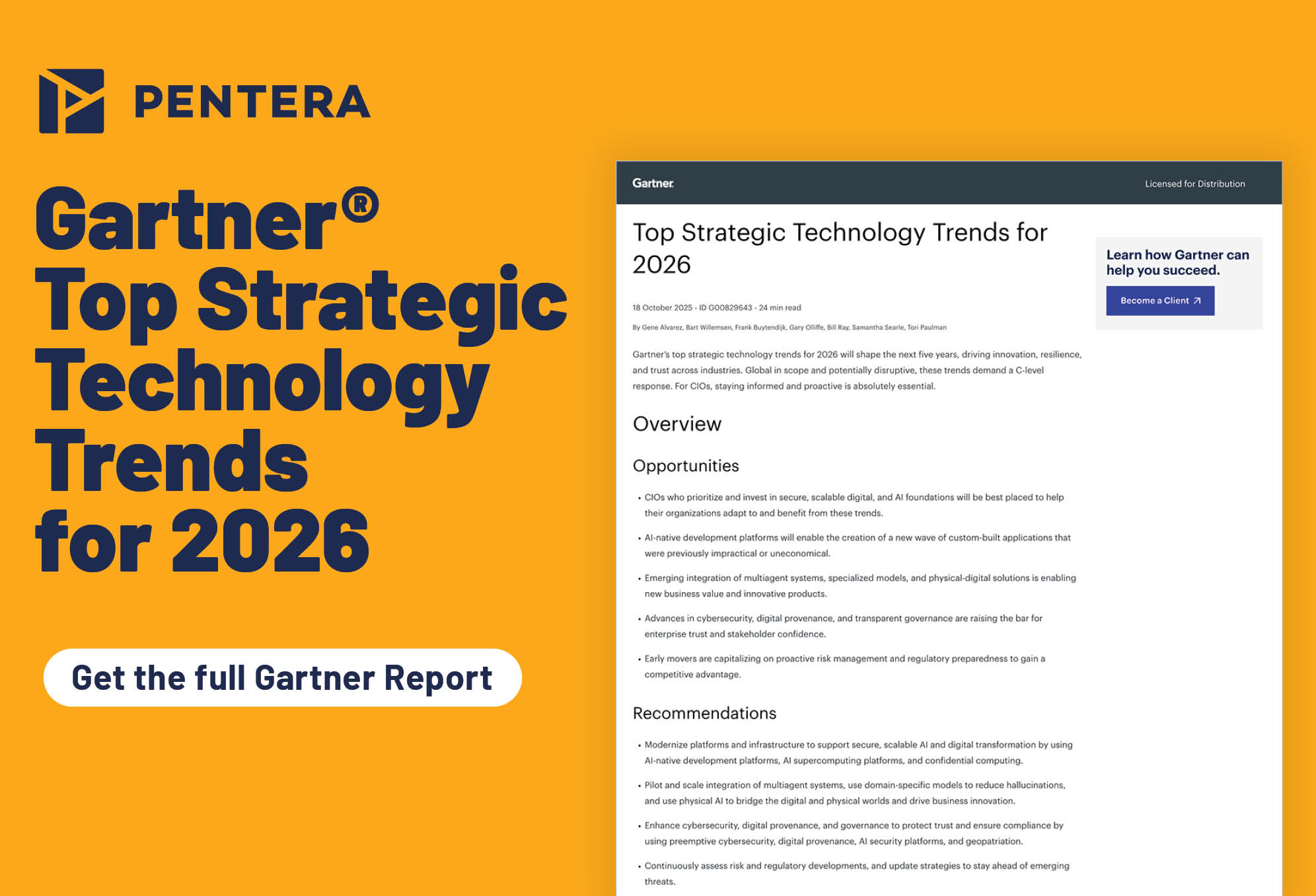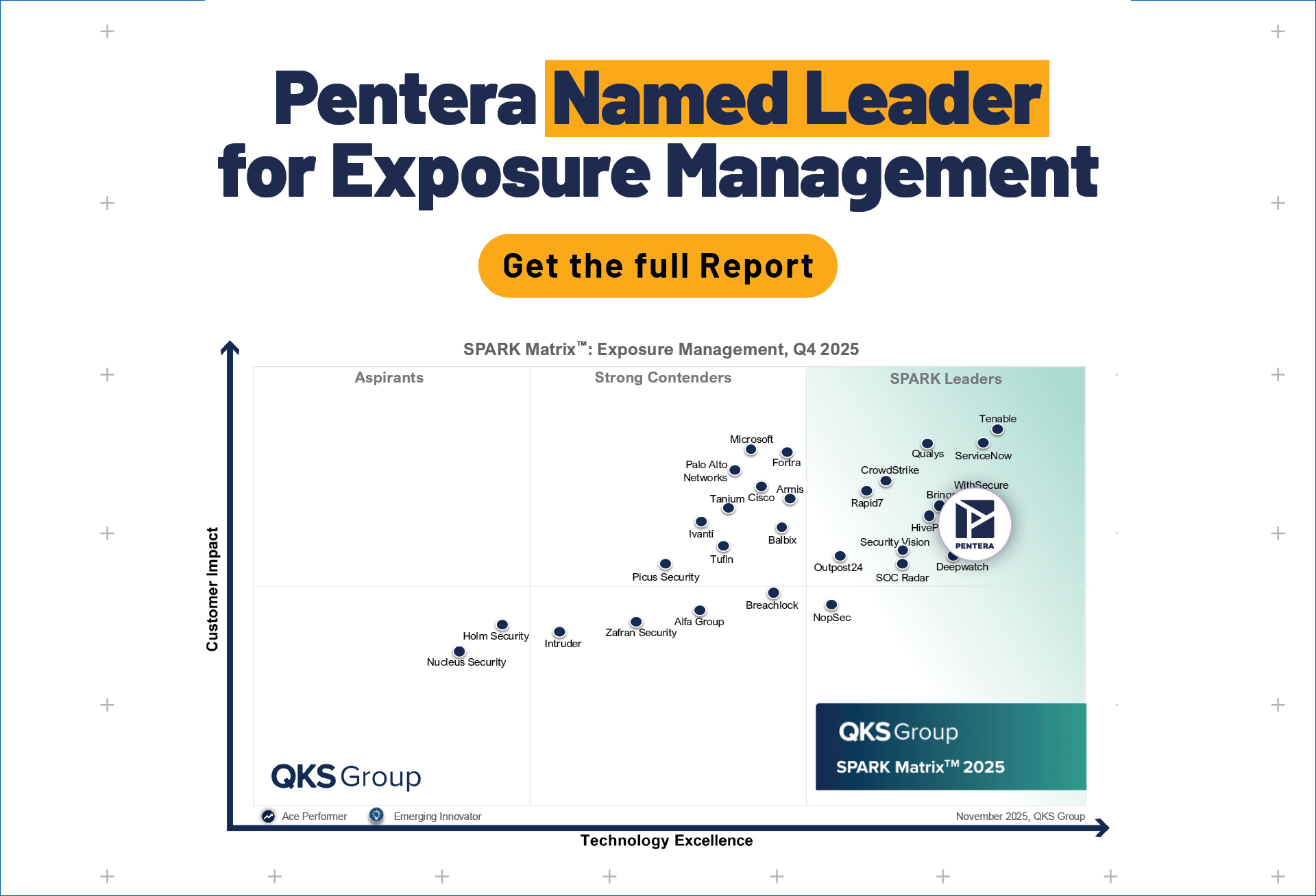Definition of Cyber Asset Attack Surface Management (CAASM)
Cyber Asset Attack Surface Management (CAASM) is a cybersecurity approach that provides a unified view of all physical and digital cyber assets that comprise an enterprise network. CAASM helps organizations manage their attack surfaces by offering visibility into assets, enabling the prioritization of vulnerabilities and exposures. CAASM can be integrated with existing workflows to automate security control gap analysis, prioritization, and remediation, boosting efficiency and breaking down operational silos between teams and their tools.
How Does CAASM Work?
How Does CAASM Work in Cybersecurity?
CAASM solutions consolidate data from various internal sources, such as asset management systems and security tools, to create a consolidated view across all assets. CAASM enables organizations to leverage analytics with the goal of refining search results, identifying trends, or passing along information to specific teams. This integrated approach delivers comprehensive attack surface visibility and mapping so a SOC can address risks and manage vulnerabilities more efficiently. This enables security teams to:
- Identify assets that may have security gaps.
- Understand asset configurations and relationships.
- Prioritize vulnerabilities based on asset importance and risk levels.
- Enhance overall cybersecurity operations by offering a more streamlined way to manage risks and exposures.
Key Features of CAASM
Top Features of Cyber Asset Attack Surface Management (CAASM)
- Data Aggregation: CAASM gathers asset data from multiple internal systems and sources to build a comprehensive inventory.
- Contextualization: It adds context to assets, such as their configurations and security postures, to better understand associated risks.
- Real-Time Asset Inventory: CAASM maintains a continuously updated inventory of all assets, ensuring no asset is left unsecured.
- Risk Prioritization: It helps prioritize security vulnerabilities and exposures based on asset criticality and potential impact.
Benefits of CAASM
Why Is Cyber Asset Attack Surface Management Important?
- Complete Asset Visibility: CAASM provides full visibility into physical and digital cyber assets reducing the likelihood of security gaps or unprotected vulnerabilities.
- Improved Risk Management: By contextualizing asset data, CAASM allows organizations to prioritize and address the most critical vulnerabilities first.
- Enhanced Security Operations: Security teams benefit from a single view of the attack surface, enabling quicker responses to potential threats and vulnerabilities.
CAASM vs. EASM: Key Differences
CAASM vs. External Attack Surface Management (EASM)
While External Attack Surface Management (EASM) focuses on managing and securing externally facing assets (e.g., IP addresses and domains), Cyber Asset Attack Surface Management (CAASM) is designed to manage internal assets. Together, CAASM and EASM offer a complete solution for managing and reducing attack surface risks by addressing both internal and external asset exposures.
Final Thoughts on CAASM
How CAASM Enhances Cybersecurity Posture
CAASM is critical for modern organizations to maintain comprehensive control over their cyber assets. By providing visibility and context, it helps security teams prioritize vulnerabilities, manage risks, and protect their environments from potential threats. As organizations adopt increasingly complex IT infrastructures, including hybrid and cloud environments, CAASM is a fundamental tool for managing both internal and external assets and reducing cyber risks.
Frequently asked questions
What is Cyber Asset Attack Surface Management (CAASM)?
CAASM is a cybersecurity approach that aggregates and contextualizes both internal and external asset data to create a comprehensive asset inventory, helping organizations identify vulnerabilities, manage risks, and minimize their attack surface.
How does CAASM differ from External Attack Surface Management (EASM)?
While EASM focuses on discovering and managing externally facing assets like domains and IP addresses, CAASM targets internal assets such as devices, cloud services, and applications within an organization. Both are necessary for a complete attack surface management strategy.
What are the key benefits of CAASM?
CAASM provides full visibility across all assets, helps prioritize vulnerabilities, improves risk management, and enhances overall security operations by creating a unified view of an organization’s attack surface.
How does CAASM help with vulnerability management?
CAASM consolidates data from various sources, offering contextualized insights into each asset’s vulnerabilities. This enables security teams to prioritize vulnerabilities based on asset criticality and risk impact, streamlining remediation efforts.
Is CAASM suitable for my organization?
CAASM is ideal for organizations that need improved visibility across their assets, better vulnerability prioritization, and streamlined risk management across complex IT environments, including hybrid and multi-cloud setups.
Can CAASM work with existing security tools?
Yes, most CAASM solutions integrate with other security tools, such as IT asset management systems, configuration management databases (CMDBs), and vulnerability scanners, to create a comprehensive asset inventory.
What types of assets does CAASM cover?
CAASM covers a wide range of assets, including servers, cloud services, applications, databases, and user identities, ensuring that all potential exposure points are identified and secured.
How does CAASM improve my organization’s cybersecurity posture?
By providing full visibility across all assets and contextualizing vulnerabilities, CAASM helps organizations prioritize critical risks, reduce exposure, and improve overall security readiness.
Identify asset exposures. Validate your defenses.
Get complete visibility into your cyber assets and prioritize risks.


